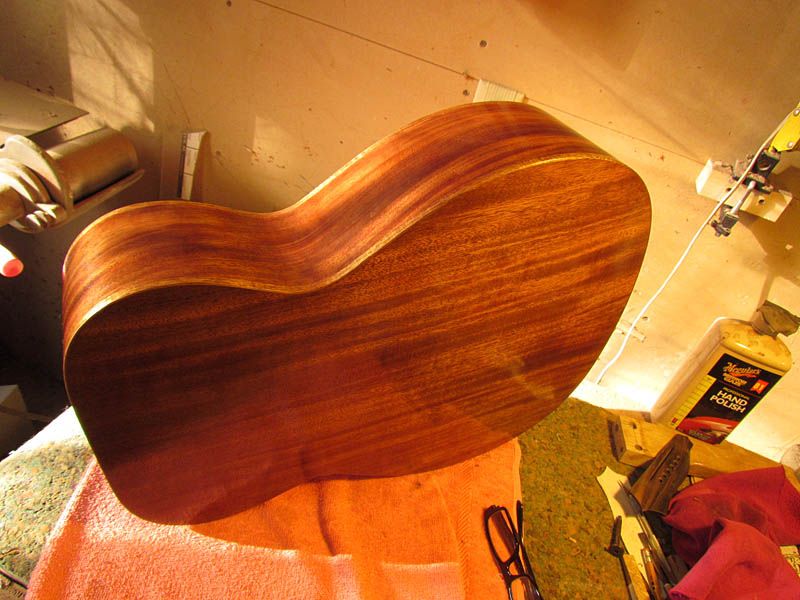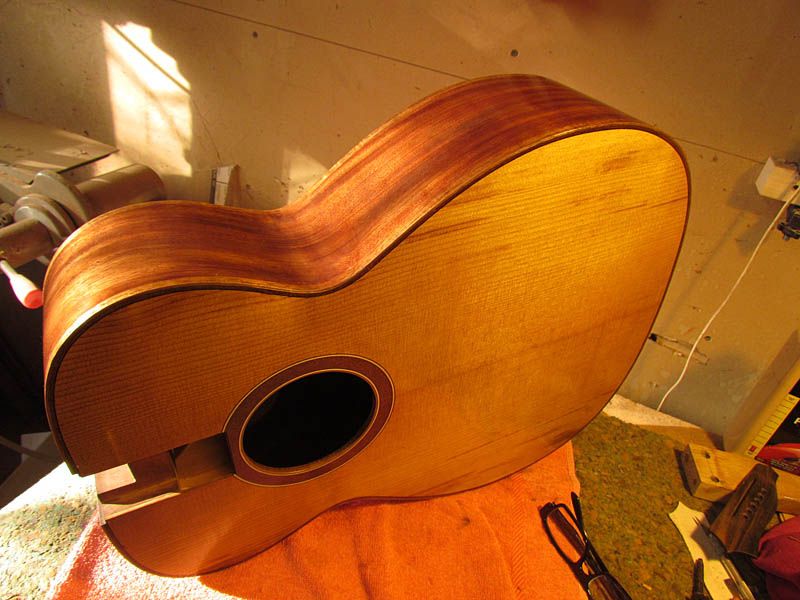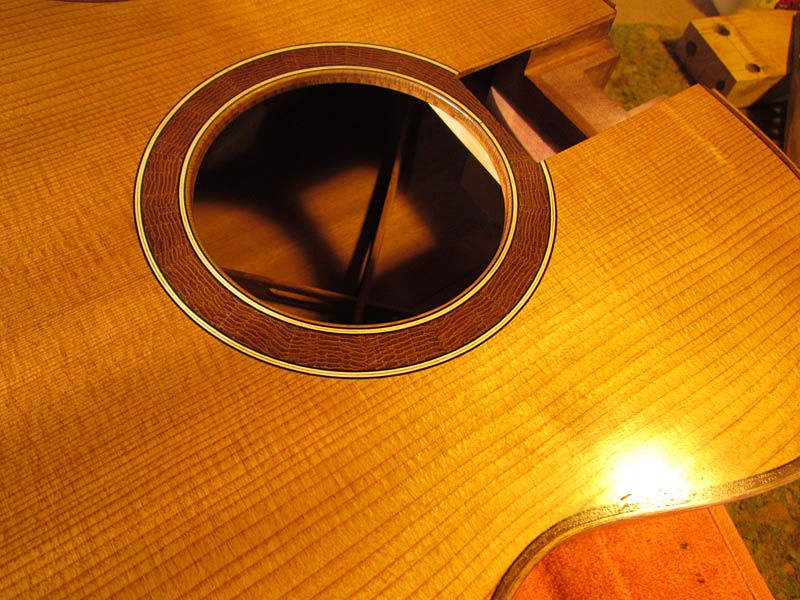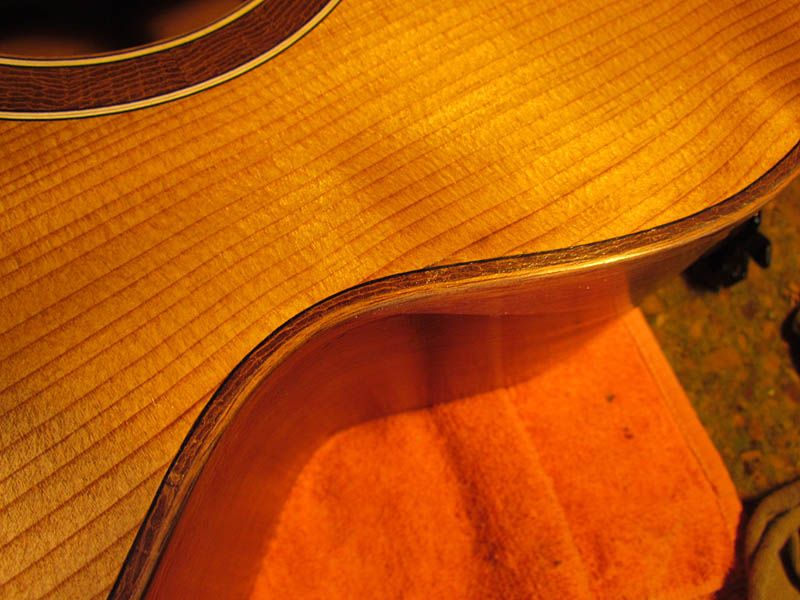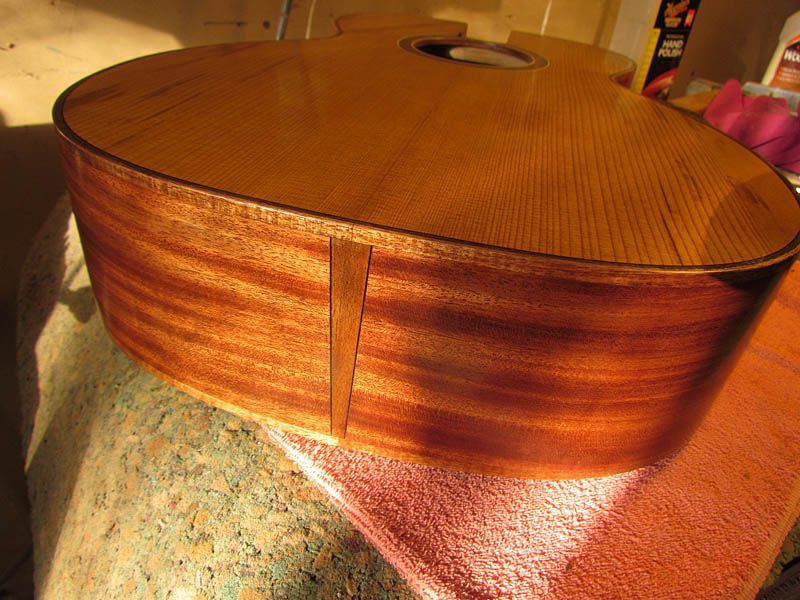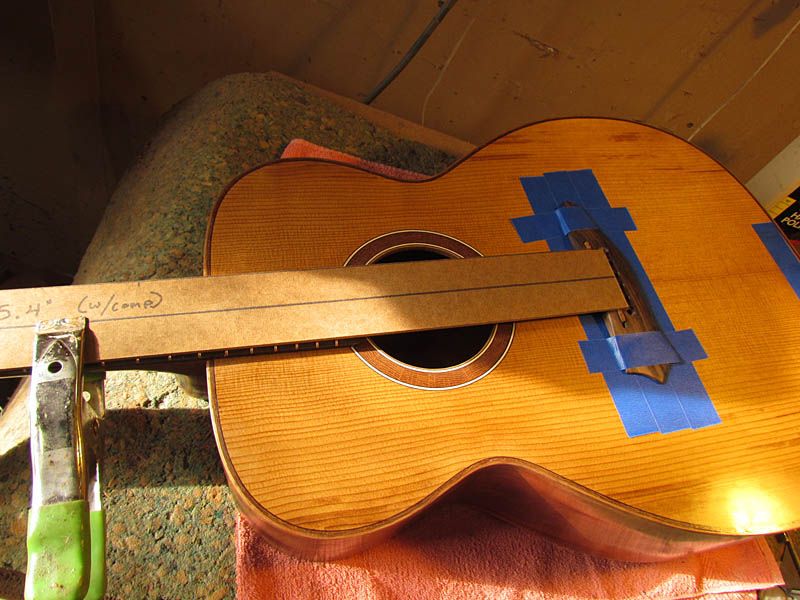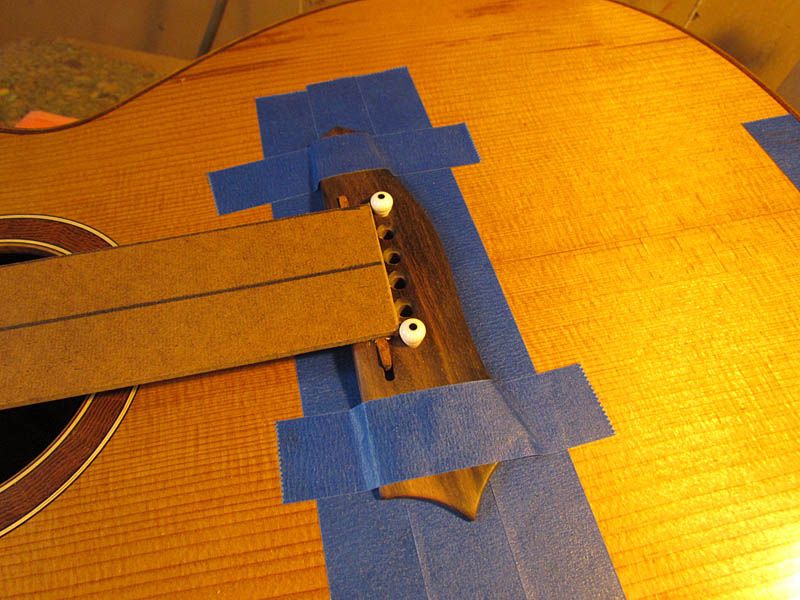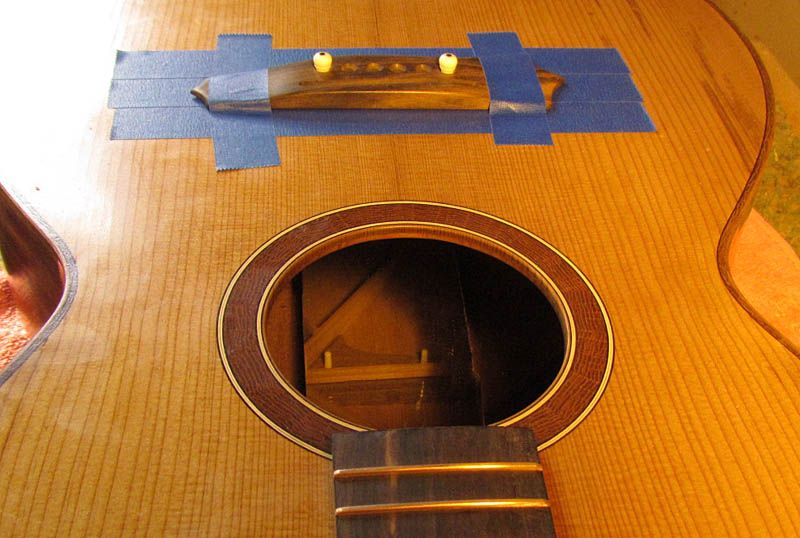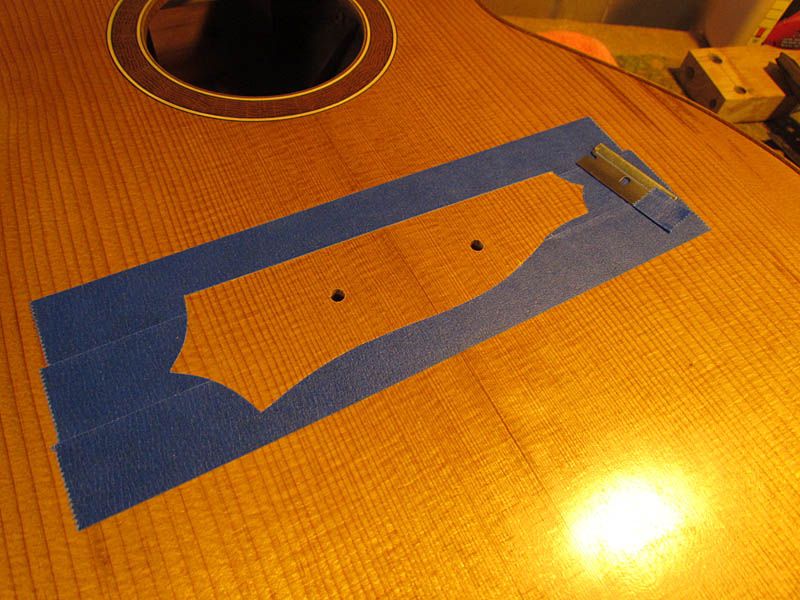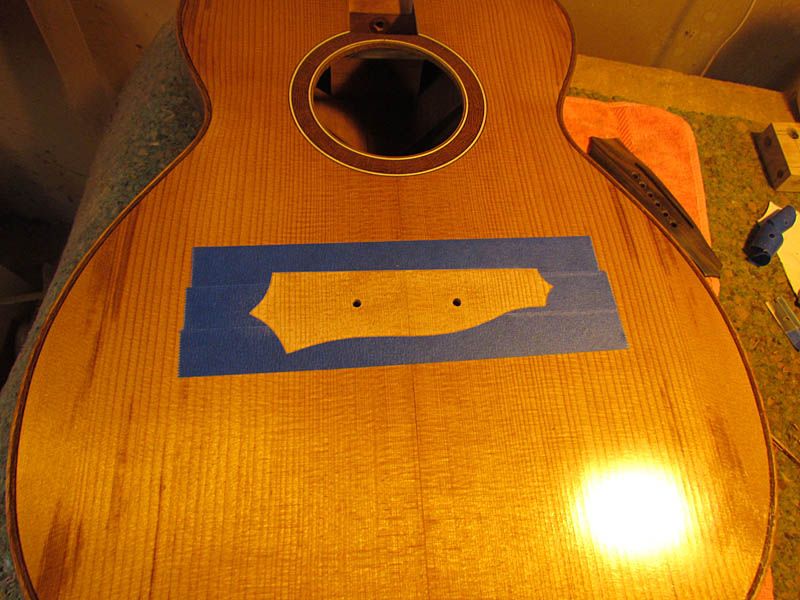Well, it is playable. More to do, time-wise, than I figured. Had to make the nut and saddle. Those who know me already know that my "from scratch" builds really are "from scratch". For example, my tops always start as logs and my shell inlay starts as whole shells. So this should not be a surprise.
I usually use moose or bison bone for nuts and deer bone for saddles. This is considerably denser than the cow bone you can buy.
So, my saddles, for example
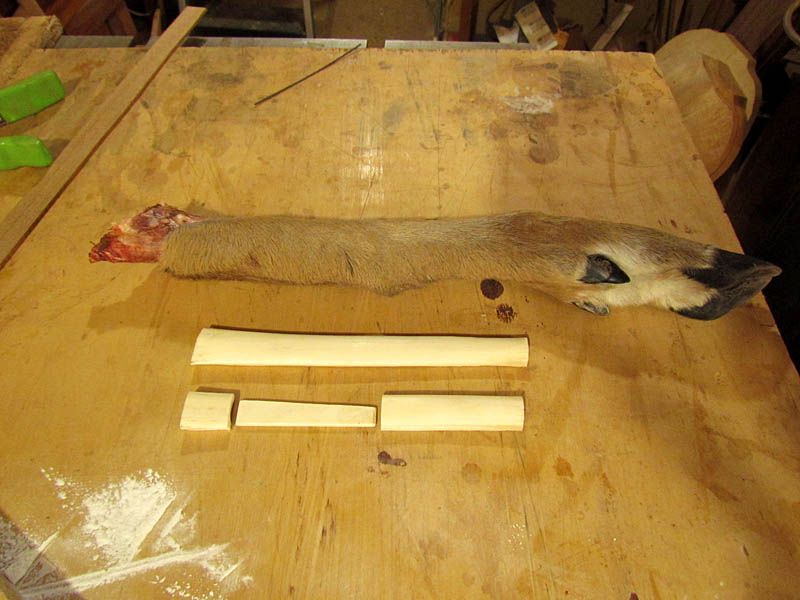
This comes from the hind foot of a buck deer (the new foot is yet to be processed) I should add that there is no problem with grease in the bone. Just clean it up when it is fresh, saw it lengthwise and get the fresh marrow out and cut off any ends with spongy bone. Then scrub it up with dish soap and hot water and you will get the nice clean bone you see here. And DO NOT cook it. That just breaks down the fats and gets them into the bone. Then you do have issues.
So, anyhow, the bison bone for the nut was done the same way.
Another cheap tip is that I have never bought a bridge pin reamer. The tang on a 6 inch file reams perfectly for Stew Mac pins
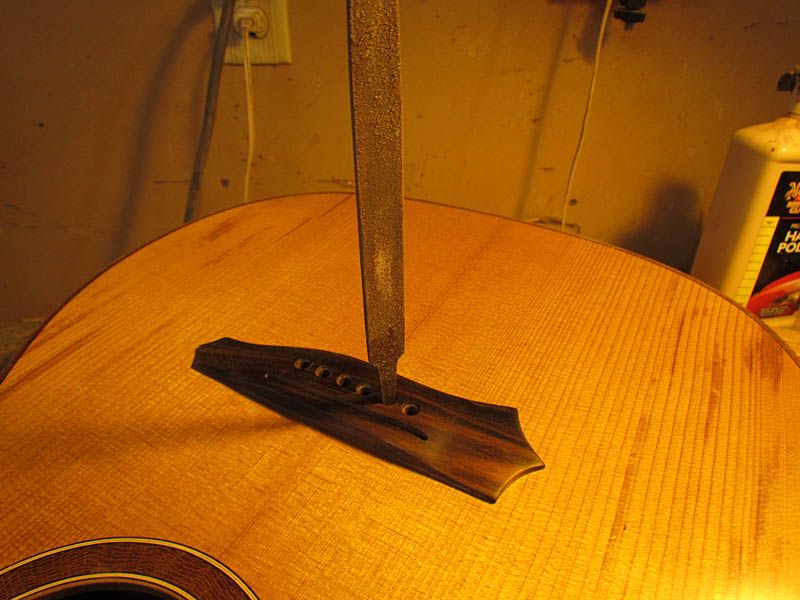
OK, here is the final deal
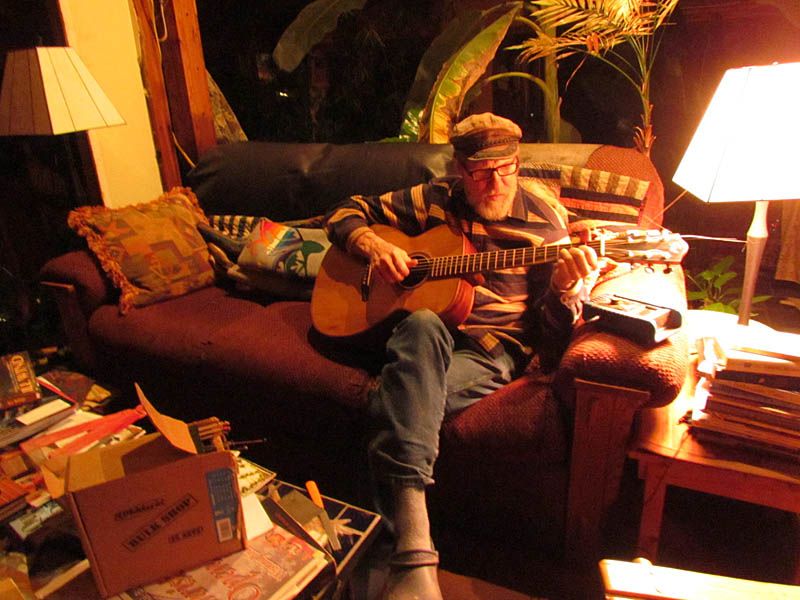
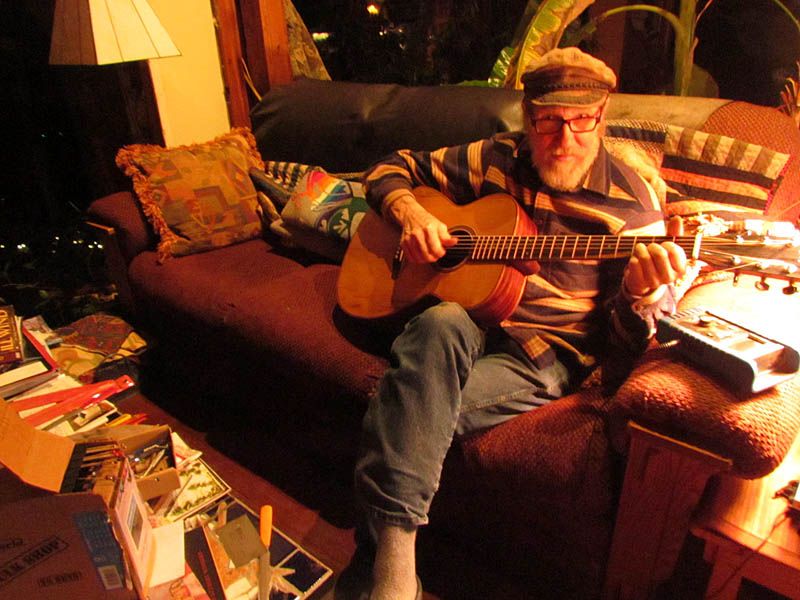
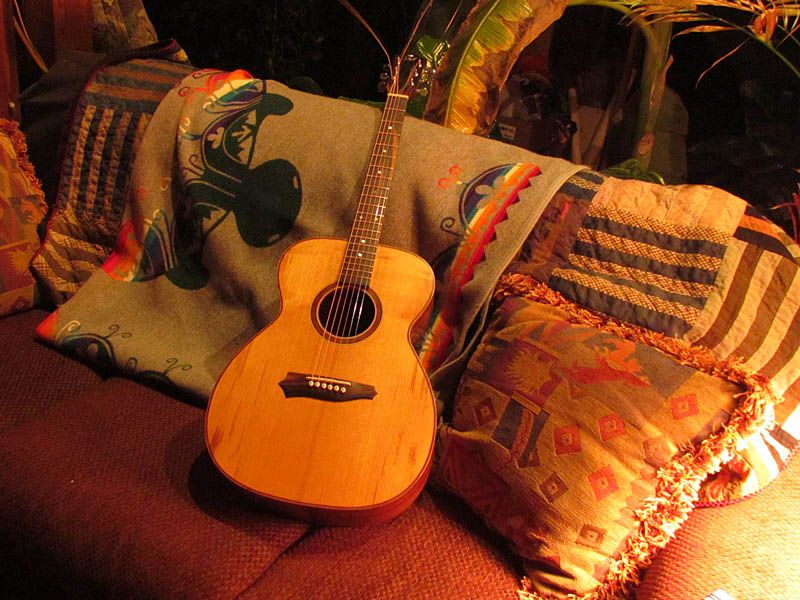
So, how does it sound?
At 5 minutes of strung up, it is way louder than my bar fret jumbo from this past Summer. And it has a brighter sound, probably due largely to the smaller OM body. Tons of overtones and sustain. Now needs to have some playing hours to see what it will really be, but I am very pleased and will follow this route again.
G
